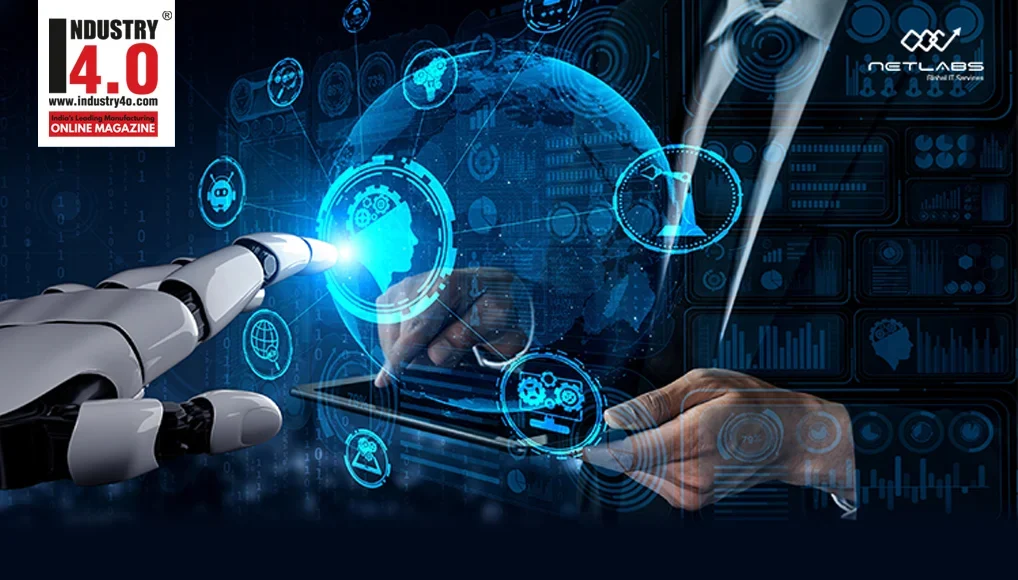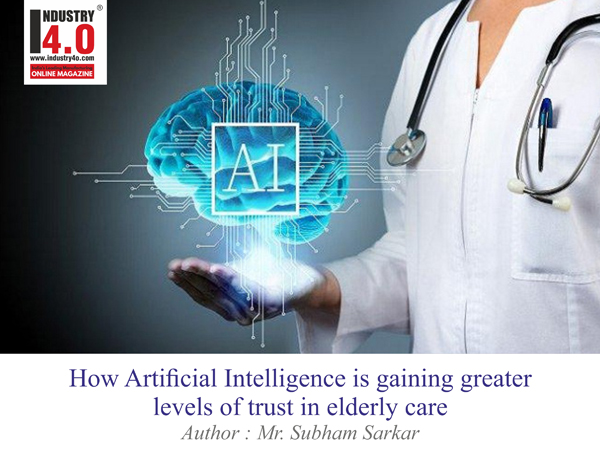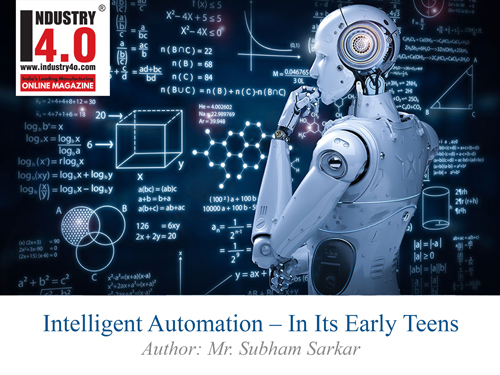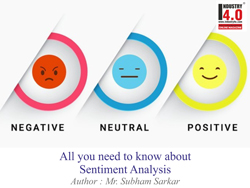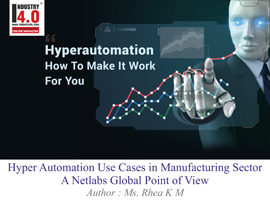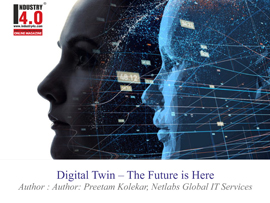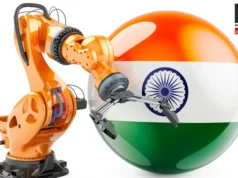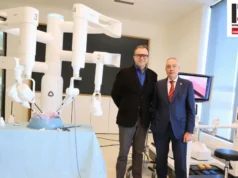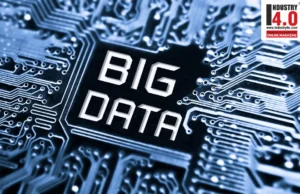The rise of business intelligence : Computer Vision in Artificial Intelligence
The use of computer vision in modern businesses and industries is soaring. As IBM rightly put it: “If AI enables computers to think, computer vision enables them to see, observe and understand.” AI computer vision is gaining solid traction, driving values, and delivering ingenious results in processing, analyzing, and understanding images and videos.
Computer vision, one of the most efficacious types of AI, is breaking barriers, and it’s most likely that you must have come across it without even realizing it. Let us see what computer vision is, how it works, its uses in the current business landscape.
What is computer vision?
Computer Vision is a part of AI technology programmed to function just like human vision. They are trained to differentiate objects, how far away they are, whether or not they are moving, if there is anything unusual or wrong with an image, and so on. It’s just that it uses cameras, algorithms, and data instead of retinas, optic nerves, and the visual cortex.
A well-trained computer vision program can analyze and segregate thousands of images and videos in the shortest time, accurately detecting imperfections, patterns, and trends.
How does Computer vision work?
To make computer vision work requires a lot of data. It has to go through tons of data repeatedly to understand and recognize it. Let’s say you want to teach your system to identify a particular type of screwdriver. In this case, the computer vision system must be fed with a large number of screwdriver images and related materials to make it understand and detect a specific type of screwdriver. Through this acquired knowledge the system also develops a knack for identifying screwdrivers that are defective.
Two technologies are used to accomplish this: Deep learning and Convolutional Neural Network (CNN). By breaking images down the pixels that are tagged or labeled, the CNN helps the deep learning model in “seeing” the object. It then creates predictions about what it is “seeing” by using the labels to convolutions (a mathematical operation on 2 functions to produce a 3rd function). With a series of iterations, the neural network executes convolutions and assesses the accuracy of its predictions until the predictions start to come true. This way, computer vision attempts to recognize or see images in a human-like manner.
Similarly, Recurrent Neural Network (RNN) is used to help computers understand and analyze videos and visuals through a sequence of frames.
Use Cases of Computer Vision
Product assembly and defect detection in manufacturing
Computer vision applications play a critical role in the areas of product and component assembly in manufacturing. We know that 3D modeling designs are widely used in manufacturing. Based on these designs, the computer vision applications can help constantly monitor and guide robotic arms and workers in the assembly line.
Computer vision systems can collect real-time data from cameras and analyze the data streams using machine learning algorithms to detect flaws and report the percentage of deviation based on established quality standards.
Facial recognition in social media and Law agencies
The facial recognition features used to unlock smartphones is a fine example of how smartphone companies are already leveraging this technology. Social media platforms are deploying this technology in helping users recognize people and tag them automatically. Similarly, law agencies can use computer vision to recognize faces in group pictures and reveal their identities.
Image segmentation in healthcare
As medical diagnostics rely heavily on images, scans, and photographs, the potential of computer vision in the healthcare space is great. Computer vision technologies not only facilitate in analyzing vast volumes of pictures, MRI, ultrasound images, and CT scans but also help prevent false diagnoses and reduce treatment costs.
Customer behavior tracking in Retail
Considering the retail industries’ complex functionality chain, automatically capturing customers’ interaction with specific products has always been a challenge. But companies are realizing that computer vision techniques can help overcome this challenge.
Computer vision algorithms, working in combination with security cameras, can automatically analyze video material and evaluate customer behavior in a store such as, the current number of people in the store, how many of them entered a particular area, and their attention span to specific products. If implemented innovatively, computer vision systems can help increase sales and optimize the distribution of customers within a retail store.
Conclusion
The above are some of the examples of how computer vision technology is impacting modern businesses. However, the inventive ways modern businesses employ computer vision to their advantage are nearly endless. With a solid idea and strategy in place, industries and companies can leverage this powerful technology to push boundaries and take innovations to newer heights.
Netlabs Global is one of the leaders in providing state-of-the-art Artificial Intelligence services to help enterprises create impact in the modern business landscape. Talk to us today to learn more about how our AI solutions can help your business.
About the Author

Mr. KANAK CHANGELA
Head – OEM BU and Alliances & Partnerships
NETLABS GLOBAL IT SERVICES PRIVATE LIMITED
He Can be contacted at
Mobile : +91 91640 00034
E-mail : [email protected]
LinkedIn : https://www.linkedin.com/in/ka
Netlabs Global IT Services – Social Media Links
Website : http://www.netlabsglobal.com
LinkedIn : https://www.linkedin.com/company/netlabsglobal
Twitter : https://twitter.com/netlabsglobal
Also read Netlabs Global earlier articles

